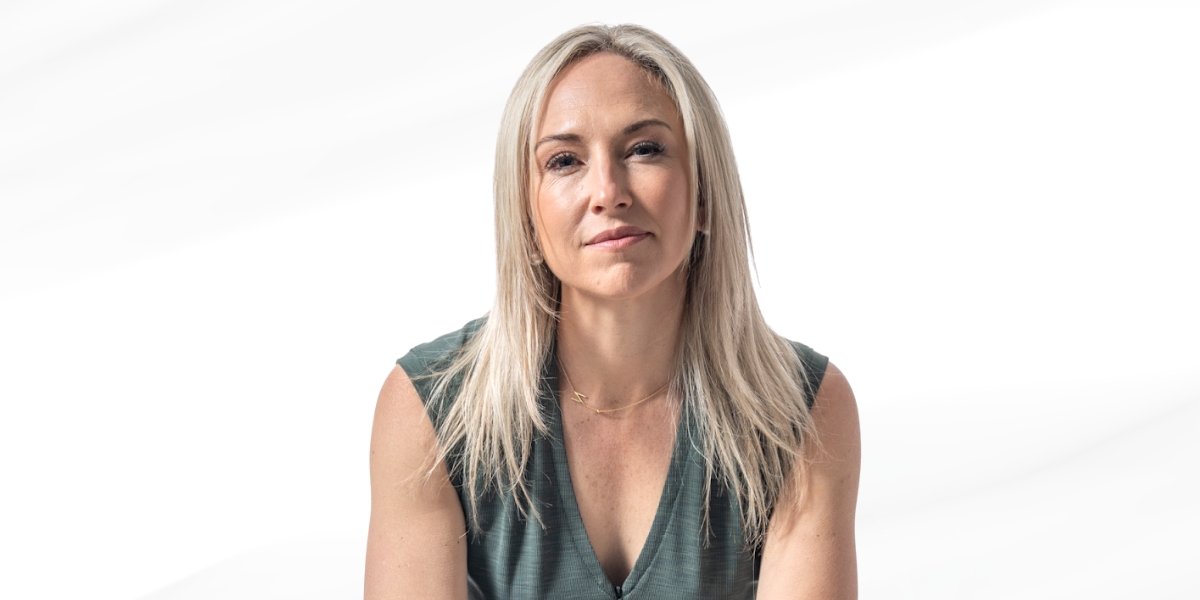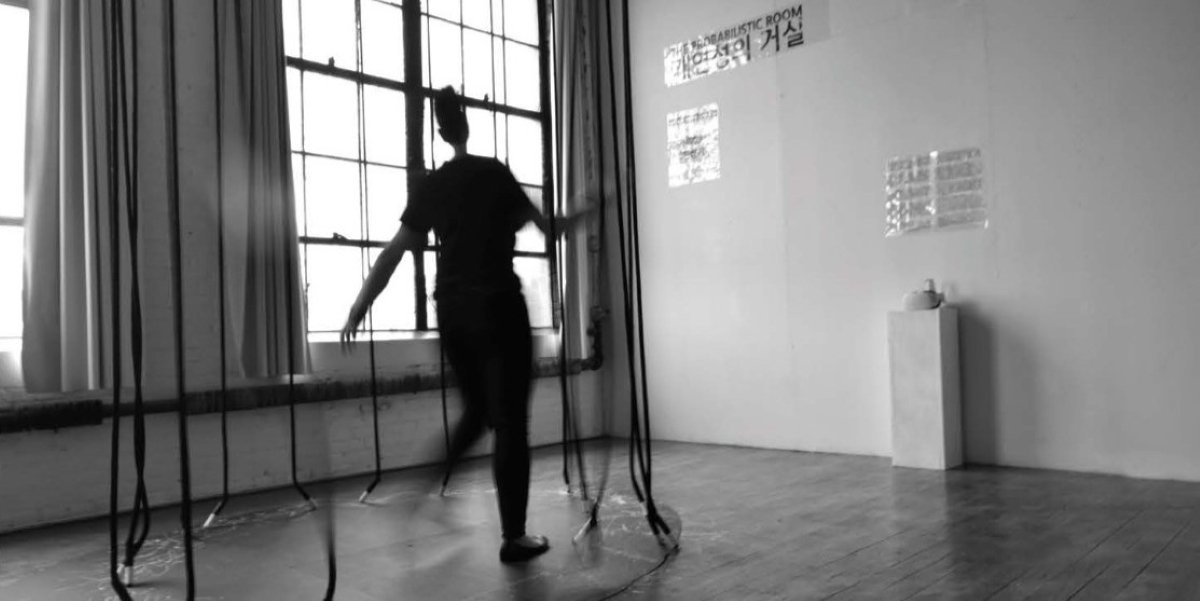By: Aimee Tariq
Before she curated fine art, Marianne Galasso designed clothing. And before that, she was a fashion student with a head full of ideas, fabrics, and silhouettes — and a baby on the way. That moment — unexpected, tender, and wildly defining — reshaped everything she thought she was building. In the best way possible, it built her instead.
“I thought I’d be designing for runways,” she says. “But life had a different runway in mind.”
Today, Galasso is the founder of EFAB, a digital‑first, artist‑curated platform for high‑quality fine art. The platform champions underrepresented artists, removes the financial barriers of traditional galleries, and curates with intention. But the roots of EFAB stretch back to that early pivot — where passion met practicality, and design evolved into something much more personal.
When The Dream Shifts
Galasso studied at Philadelphia Textiles, immersing herself in the discipline of fashion design. She learned to think in structure and flow, to combine technical precision with creative expression. But when she became pregnant during college, the runway dream took a backseat to something more urgent: stability.
“Fashion is glamorous, but it’s a tough market to break into,” she says. “I needed something that could support my daughter and still feed my creativity.”
That search led her to the art world — not as a painter or sculptor, but as someone who could place art in spaces where it mattered. She began with corporate art placements, working with hotels, law firms, and commercial lobbies. She had an eye for aesthetics and a mind for logistics, making her uniquely effective in pairing spaces with the right visual energy.
It wasn’t couture, but it was curation. And it laid the foundation for everything that would follow.
Building Beauty While Building A Life
Motherhood, Galasso says, taught her two things quickly: how to be resourceful, and how to be clear about what matters. Those lessons became cornerstones of her professional life.
“You stop romanticizing the process and start focusing on impact,” she says. “What’s going to last? What’s going to matter five years from now?”
That clarity shows up in her curatorial choices today. EFAB isn’t a free‑for‑all of art listings. It’s a refined selection of work with emotional weight, technical mastery, and story. Galasso filters not by hype, but by heart.
“If I wouldn’t want it in my own home, it doesn’t go up on EFAB,” she says. “And as a mom, home is everything.”
Fashion’s Eye Meets Art’s Soul
While she didn’t end up designing clothing full‑time, Galasso’s fashion training is embedded in her curatorial style. She thinks in layers, texture, and composition. She considers color flow and the way a piece interacts with its surroundings. She can envision a complete atmosphere before the first item is hung.
“Fashion taught me precision,” she says. “It also taught me how to break the rules on purpose.”
Many of the artists on EFAB reflect that same balance — honoring tradition while embracing reinterpretation. This is especially true of the Italian artists Galasso champions, whose work often carries centuries of influence yet speaks fluently to contemporary spaces.
“There’s structure in tradition, but also room for disruption,” she says. “That’s what makes it exciting.”
The Invisible Labor Behind Art And Motherhood
Galasso’s story isn’t just about reinvention. It’s about the invisible work — emotional, logistical, and creative — that so many women carry while pursuing their ambitions.
“People see the gallery,” she says. “They don’t see the midnight scheduling, the missed shows, the moments of doubt.”
Balancing motherhood with building a career in art meant sacrifice and constant adaptability. But rather than framing that as an obstacle, Galasso sees it as the reason EFAB operates the way it does.
The platform is structured to remove upfront costs, manage logistics after sales, and take on the administrative load so artists can focus on their craft. It’s a model rooted in care, not just commerce.
“I know what it’s like to have to make something work,” she says. “EFAB is built for people who’ve had to get creative just to stay creative.”
Designing A New Definition Of Success
Galasso doesn’t romanticize her path. It wasn’t linear, and it wasn’t always graceful. But it was hers. And that ownership is what she wants to offer other creators — especially those who’ve had to pause their art to raise kids, care for others, or simply survive.
“Success isn’t a single moment,” she says. “It’s the choice to keep going.”
With EFAB, she’s giving artists the tools and support to keep going — whether that means finally selling internationally, building a collector base, or simply having the breathing room to focus on creating again.
From Runway Dreams To Real‑world Impact
Marianne Galasso never did become the fashion designer she once imagined. Instead, she became something rarer: a builder of bridges between artistry and access, between emotion and execution.
She has shown that motherhood and ambition are not opposing forces, that fashion and fine art share a common language, and that sometimes the detour isn’t a setback — it’s the path.
“I didn’t end up where I thought I would,” she says. “But I ended up exactly where I’m meant to be.”










